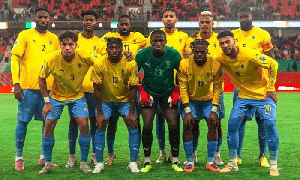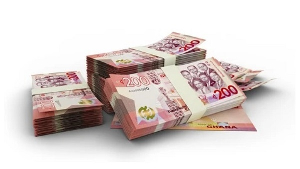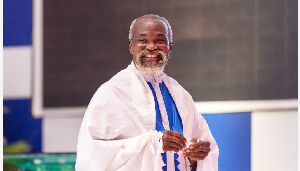While the International Monetary Fund (IMF) in its latest report projected a 4.5 percent growth for Ghana in 2016, the Fund put countries such as Côte d’Ivoire, Kenya, and Senegal at much higher growth rates.
Côte d’Ivoire is expected to grow at 8.5 per cent, Kenya at 6 per cent and Senegal at 6.6 per cent.
According to the IMF, the boost for the private sector, increased agricultural production and investment in infrastructure will fuel the growth in these countries.
For example in the case of neighbouring Côte d’Ivoire, the Fund said: “high cocoa prices and good agricultural production, as well as an anticipated boost in investment following the recent presidential election, are expected to fuel strong growth in Côte d’Ivoire, projected at 8.5 percent.”
The IMF report stated that growth in Kenya is projected to rise to 6 percent this year, aided by investment in the transport sector, a pickup in electricity production, and a recovery in tourism.
“Senegal’s strong growth is expected to remain broadly unchanged at 6.6 percent, supported by improving agricultural productivity and a dynamic private sector,” the report said.
The Fund said in the report that growth prospects for 2016 had strengthened for Côte d’Ivoire and Senegal, reflecting increased public infrastructure investment, a good agricultural season and an improved business environment.
Commenting on the report, Economist and Lecturer in Public Accounting at the Ghana Institute of Management and Public Administration (GIMPA), Dr. Raziel Obeng-Okon said: “it is not surprising that the IMF staff report, projects higher growth rates for Côte d’Ivoire, Kenya, and Senegal.”
According to him, the higher growth rates could be attributed to the better economic indicators of Cote d’Ivoire, Kenya and Senegal in some areas than that of Ghana.
“For instance, Ghana’s monetary policy rate which affects lending rates is the second highest in Africa following The Gambia with the highest MPC rate of 27% out of the 51 countries in Africa.”
Country Last Date Announced Current
MPR (%) Previous
MPR (%)
Ghana May-16 26.00 26.00
Ivory Coast Apr-16 3.50 3.50
Kenya May-16 10.50 11.50
Senegal Apr-16 3.50 3.50
Inflation comparison for the four countries
DrObeng-Okon pointed out that the level of inflation in Ghana remains the highest amongst those countries.
He, however, disclosed that Ghana could afford a higher growth rate of 5.1 percent by the end of 2016 on the back of improved performance of key sectors of the economy.
Research fellow at the Institute for Fiscal Studies (IFS), Mr. Leslie Mensah notes that “given that they have more stable macroeconomic environments and healthier government finances it should not be surprising that their economies are growing more briskly.”
Mr. Mensah explains that before Ghana can restore high growth, the macro-economy must be strengthened considerably to aid the recovery of private sector confidence.
“It is also necessary to increase public investment from the present low levels and use policy and incentives to improve the output of agriculture and manufacturing--the two sectors where higher growth will likely lead to more jobs being created,” he added.
It is important to note that the 4.5 per cent growth rate from the report is well below government's target of 5.4 percent but higher than 3.6 per cent projected by the Economist Intelligence Unit (EIU).
Ghana fell short of achieving a targeted growth of 4.1 per cent in 2015, ending the year at 3.9 per cent due to teething challenges including rising inflation and deteriorating the fiscal situation.
Business News of Thursday, 16 June 2016
Source: thefinderonline.com













